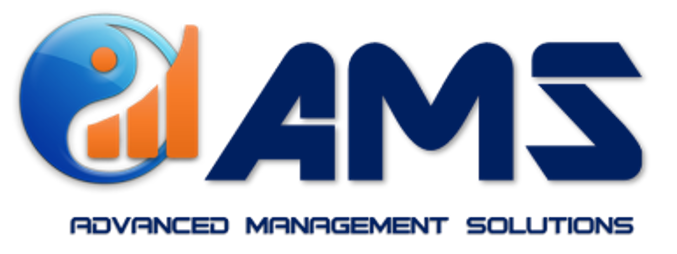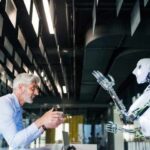Over the past decade, workplace trends have been gradually shifting toward remote work and the adoption of technologies that support it. But with the arrival of the COVID-19 pandemic, that gradual shift turned into a landslide change – over the span of just a few weeks. For many HR leaders, this left them feeling a sense of urgency to adapt and upscale their operations, to succeed in a new and unfamiliar landscape.
The best businesses realize that meeting these challenges starts first with an honest and realistic assessment of their current processes and operations, and then a firm commitment to the change and innovation that is necessary, not only to handle it but thrive, in this “new normal.”
For the past 20 years, businesses have been increasing their reliance on advanced digital technologies, and by 2019 over 85% of major U.S. firms were using artificial intelligence (AI) solutions for HR. The rise in new technology adoption comes down to the fact that not only are the technologies effective, they are also analytical by nature and can deliver strong ROI data, including recommendations for ongoing improvement and optimization.
As a business investment, this makes AI for HR solutions an attractive choice. And as companies increasingly turn to AI-powered technologies, many HR leaders are looking for a snapshot of the AI HR solutions available, and how they can meet their unique needs.
How AI in HR addresses seven top workforce challenges
Implementing AI in HR can improve every aspect of the modern workforce, from recruiting and training to increasing employee engagement and retention. Here are a few of the top HR business challenges and how AI-powered solutions are taking them on.
- Recruiting the best talent
HR challenges: As modern HR teams focus on sourcing uniquely qualified candidates, they must also strive to avoid any unconscious bias in their choices. The trend toward open-source talent adds another layer of complexity. In a 2020 Gartner report, over 32% of organizations were increasing their contingent workforce to achieve greater flexibility and cost efficiency.
AI solutions: Recruiting AI software can remove unconscious biases in job descriptions. Legacy application tracking systems are restricted to matching keywords, whereas smart, AI-driven recruiting analytics can identify the type of candidate an HR recruiter is seeking and bring suitable resumes forward. Once a candidate clears the initial hurdles, AI systems can administer skills and aptitude tests to rank potential hires for job suitability. Then, conversational interfaces, such as recruiting chatbots, can communicate directly with candidates using natural language and keep them engaged throughout the recruitment process.
- Onboarding
HR challenges: With a remote and contingent workforce, traditional in-person onboarding isn’t always possible. As the number and type of contingent hires increases, so does the burden on HR. New employees also need to be onboarded quickly and to learn the company’s unique culture without the benefit of a physical location.
AI solutions: Recruiting automation can lighten the administrative burden by automating the delivery and receipt of necessary documents, company policies, login information, and job-specific permissions. Working 24×7 and across the globe, HR chatbots reduce the need for live staff to field calls, emails, and meetings to onboard employees. This allows faster and more thorough integration of new employees.
- Ongoing staff training
HR challenges: The trend toward digital transformation has greatly increased the need for the upskilling and reskilling of employees. As the workforce becomes increasingly remote, traditional, forward-facing classroom-style training may go the way of the dodo bird. But without a human trainer who can “read the room,” it can be hard to know if training is sinking in. And the one-size-fits-all format of recorded video training doesn’t allow for real-time interaction and is a dreaded process for many employees.
AI solutions: Specialized AI for training is interactive, continuously learning and adapting to each worker’s learning style (such as visual, auditory, and written) and interests. Virtual reality (VR) training, natural language bots, and self-directed apps are available at the worker’s convenience, when they are most receptive and alert, thus increasing engagement and material retention.
- Supporting employee engagement and retention
HR challenges: Improving employee engagement is beneficial for both the workforce and the bottom line. Today’s remote teams are often spread across time zones and only available to each other via screens, leading to a sense of disconnection from the camaraderie and team spirit of an office-based workplace. HR departments must find new solutions to keep remote workers engaged and connected to their work and each other.
AI solutions: AI analytics, particularly sentiment analysis, can identify how a worker is feeling. It can predict the level of an employee’s engagement, burnout, depression, and anxiety – allowing for early, customized intervention. Communication and collaboration tools, such as remote boardrooms, can use artificial intelligence to encourage interpersonal connection and support real-time, virtual office experiences.
- Employee evaluation and career development
HR challenges: As traditional hierarchical work structures have become more fluid, HR’s challenge is to help managers develop career paths that best meet both individual – and corporate – needs. Distributed workforces add further complexity to this process, as it can be challenging to find the best way to assess and observe an employee’s performance remotely.
AI solutions: AI performance analytics allows managers to extract bias-free insights from continuous, real-time assessments via multiple sources. Predictive HR analytics can identify where a worker might be struggling and recommend personalized skills training. Because AI analytics can handle massive amounts of data, it can evaluate multiple aspects of how well an individual or distributed team functions and make suggestions to improve collaboration.
- Workforce wellness
HR challenges: The Global Wellness Institute estimates that a lack of workforce wellness (such as chronic disease, work-related injuries, illnesses, and stress, and low employee engagement) costs the global economy 10% to 15% of economic output every year. It’s even more difficult in a distributed workforce to determine if workers have healthy workspaces or are struggling physically or emotionally.
AI solutions: AI analytics can boost employee wellness in myriad ways, such as eliminating repetitive or low-value tasks and providing feedback and referrals for physical or emotional well-being. Sentiment analysis and wearable technologies are driving a burgeoning industry. These AI-powered health monitoring tools and recommendation engines use IoT sensors and machine learning to track and analyze user activity and deliver personalized wellness suggestions and insights.
- Optimizing HR budgets
HR challenges: Digital transformation means a commitment to changing workflows and an investment in innovation. HR leaders need to be confident that adopting AI and modern HR technologies will deliver strong ROI and improve resilience and profitability.
AI solutions: For any company, digital transformation requires sound change management strategies and a wise investment in the best-performing technology solutions. A 2019 Hackett Group report found that smart automation can improve effectiveness and customer experience in typical HR organizations while cutting costs by 17%. By their very nature, AI solutions analyze data at scale and surface new insights that generate improvements.
AI solutions for HR: Augmenting people, not replacing them
We have all heard the concerns about AI replacing human workers; however, the evidence indicates otherwise. A 2020 Everest Group research paper found that enterprises that leverage intelligent automation are – in some cases – achieving ROI of 200% or more, with the most cost benefits coming through productivity improvements and – notably – with minimal layoffs.
AI in the workplace: Tips for getting it right
- Empower managers. One of the most powerful features of AI and machine learning is the ability to learn and adapt. The best companies empower management and team leaders to add their input and question AI outcomes, then iterate until they get it right for unique team needs.
- Guard against bias. AI is bias-free by nature, but human biases can be programmed accidentally or reinforced through spurious correlations. Robust data and AI governance policies and best practices are essential from the start. Good news: there’s plenty of support in this area.
- Build in transparency. HR leaders need to explain or defend the criteria used for job descriptions, hiring recommendations, advancement, layoffs, and so on. Building in transparency from the start protects the company and its employees.
- Don’t wait until it’s perfect. The beauty of digital transformation is that every step toward it makes a difference. Now is the right time to start.
Source: SAP insights






